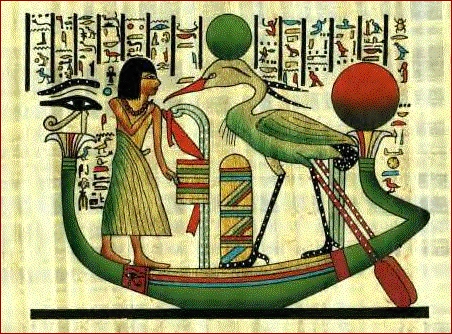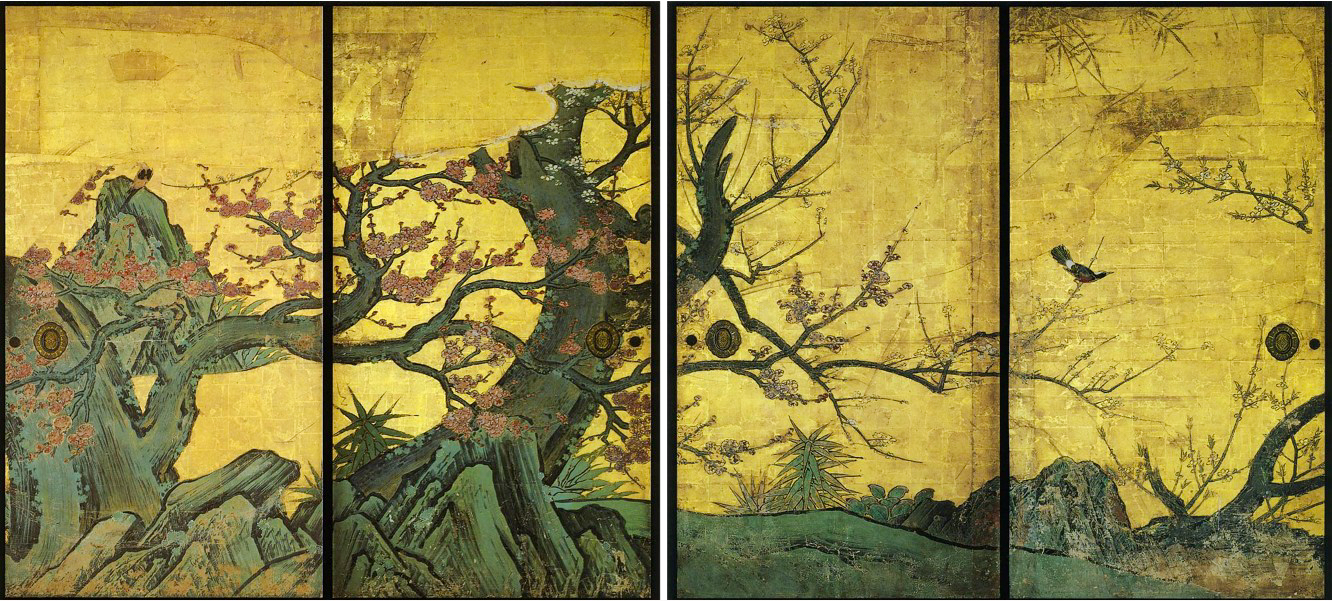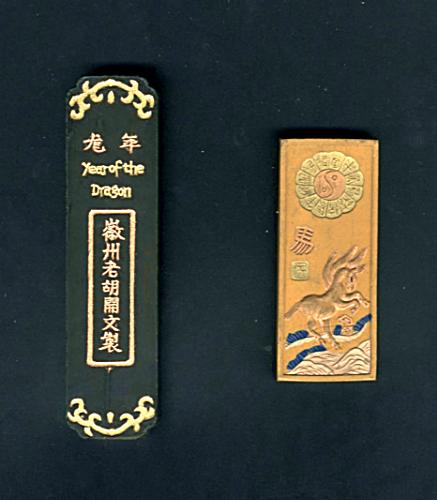|
Watercolor
Watercolor (American English) or watercolour (British English; see spelling differences), also ''aquarelle'' (; from Italian diminutive of Latin ''aqua'' "water"), is a painting method”Watercolor may be as old as art itself, going back to the Stone Age when early ancestors combined earth and charcoal with water to create the first wet-on-dry picture on a cave wall." London, Vladimir. The Book on Watercolor (p. 19). in which the paints are made of pigments suspended in a water-based solution. ''Watercolor'' refers to both the medium and the resulting artwork. Aquarelles painted with water-soluble colored ink instead of modern water colors are called ''aquarellum atramento'' (Latin for "aquarelle made with ink") by experts. However, this term has now tended to pass out of use. The conventional and most common ''support''—material to which the paint is applied—for watercolor paintings is watercolor paper. Other supports or substrates include stone, ivory, silk, reed, pap ... [...More Info...] [...Related Items...] OR: [Wikipedia] [Google] [Baidu] |
Watercolor Paper
Watercolor paper or watercolour paper is paper or substrate onto which an artist applies watercolor paints, pigments or dyes. "The term “colour” is inappropriately given by common usage to material substances which convey a sense of colour to the human eye, but is properly restricted to that sense itself. The material colour should be called “pigment” or “dyestuff” in the raw state, and paint when compounded with other substances for application in the form of a coating." Terry, George. Pigments, Paint and Painting: A practical book for practical men (p. 1). Good Press. We generally no longer use stone or tomb walls as a substrate. There are currently many types of watercolour papers available that are manufactured for the use of watercolors. Watercolor paper can be made of wood pulp exclusively, or mixed with cotton fibers. Pure cotton watercolor paper is also used by artists, though it typically costs more than pulp based paper. It is also available as an acid-fre ... [...More Info...] [...Related Items...] OR: [Wikipedia] [Google] [Baidu] |
Painting
Painting is the practice of applying paint, pigment, color or other medium to a solid surface (called the "matrix" or "support"). The medium is commonly applied to the base with a brush, but other implements, such as knives, sponges, and airbrushes, can be used. In art, the term ''painting ''describes both the act and the result of the action (the final work is called "a painting"). The support for paintings includes such surfaces as walls, paper, canvas, wood, glass, lacquer, pottery, leaf, copper and concrete, and the painting may incorporate multiple other materials, including sand, clay, paper, plaster, gold leaf, and even whole objects. Painting is an important form in the visual arts, bringing in elements such as drawing, composition, gesture (as in gestural painting), narration (as in narrative art), and abstraction (as in abstract art). Paintings can be naturalistic and representational (as in still life and landscape painting), photographic, abstract, narrative, s ... [...More Info...] [...Related Items...] OR: [Wikipedia] [Google] [Baidu] |
List Of Art Media
Arts media is the material and tools used by an artist, composer or designer to create a work of art, for example, "pen and ink" where the pen is the tool and the ink is the material. Here is a list of types of art and the media used within those types. Architecture *Cement, concrete, mortar * Cob *Glass *Metal * Stone, brick *Wood Carpentry * Adhesives *Wood ( timber) Ceramics *Bone china *Clay * Glaze *Porcelain *Pottery *Terracotta Drawing Common drawing materials *Acrylic paint *Chalk *Charcoal *Conté *Crayon *Gouache *Graphite * Ink *Oil paint * Glass paint *Pastel *Pixel * Sketch * Tempera *Watercolor *Glitter Common supports (surfaces) for drawing *Canvas *Card stock *Concrete *Fabric *Glass *Human body *Metal *Paper *Plaster * Scratchboard * Stone *Vellum *Wood Common drawing tools and methods *Brush *Finger * Pen *Ballpoint pen *Fountain pen * Gel pen *Technical pen * Marker *Pencil * Mechanical pencil (clutch, screw, and ratchet) * Colored pe ... [...More Info...] [...Related Items...] OR: [Wikipedia] [Google] [Baidu] |
Paint
Paint is any pigmented liquid, liquefiable, or solid mastic composition that, after application to a substrate in a thin layer, converts to a solid film. It is most commonly used to protect, color, or provide texture. Paint can be made in many colors—and in many different types. Paint is typically stored, sold, and applied as a liquid, but most types dry into a solid. Most paints are either oil-based or water-based and each has distinct characteristics. For one, it is illegal in most municipalities to discard oil-based paint down household drains or sewers. Clean-up solvents are also different for water-based paint than they are for oil-based paint. Water-based paints and oil-based paints will cure differently based on the outside ambient temperature of the object being painted (such as a house.) Usually, the object being painted must be over , although some manufacturers of external paints/primers claim they can be applied when temperatures are as low as . History Paint was ... [...More Info...] [...Related Items...] OR: [Wikipedia] [Google] [Baidu] |
Korean Painting
Korean painting includes paintings made in Korea or by overseas Koreans on all surfaces. The earliest surviving Korean paintings are murals in the Goguryeo tombs, of which considerable numbers survive, the oldest from some 2,000 years ago (mostly now in North Korea), with varied scenes including dancers, hunting and spirits. It has been hypothesized the Takamatsuzuka Tomb in Japan, from the 7th-century end of the Goguryeo period, has paintings with Goguryeo influence, either done by Goguryeo artists, or Japanese one trained by Goguryeo people. Since a lot of influences came into the Korean peninsula from China during the Three Kingdoms period. Until the Joseon dynasty the primary influence was Chinese painting though done with Korean landscapes, facial features, Buddhist topics, and an emphasis on celestial observation in keeping with the rapid development of Korean astronomy. Painting in the Goryeo period (918–1392) was dominated by Buddhist scroll paintings, adapting Chi ... [...More Info...] [...Related Items...] OR: [Wikipedia] [Google] [Baidu] |
Japanese Painting
is one of the oldest and most highly refined of the Japanese visual arts, encompassing a wide variety of genres and styles. As with the history of Japanese arts in general, the long history of Japanese painting exhibits synthesis and competition between native Japanese aesthetics and the adaptation of imported ideas, mainly from Chinese painting, which was especially influential at a number of points; significant Western influence only comes from the 19th century onwards, beginning at the same time as Japanese art was influencing that of the West. Areas of subject matter where Chinese influence has been repeatedly significant include Buddhist religious painting, ink-wash painting of landscapes in the Chinese literati painting tradition, calligraphy of sinograms, and the painting of animals and plants, especially birds and flowers. However, distinctively Japanese traditions have developed in all these fields. The subject matter that is widely regarded as most characteristic ... [...More Info...] [...Related Items...] OR: [Wikipedia] [Google] [Baidu] |
Inkstick
Inksticks () or ink cakes are a type of solid Chinese ink used traditionally in several Chinese and East Asian art forms such as calligraphy and brush painting. Inksticks are made mainly of soot and animal glue, sometimes with incense or medicinal scents added. To make ink, the inkstick is ground against an inkstone with a small quantity of water to produce a dark liquid which is then applied with an ink brush. Artists and calligraphers may vary the concentration of the resulting ink according to their preferences by reducing or increasing the intensity and duration of ink grinding. Along with the inkstone, ink brush, and paper, the inkstick is considered one of the Four Treasures of the Study of classical Chinese literary culture. History The earliest artifacts of Chinese inks can be dated back to 12th century BC, with charred materials, plant dyes, and animal-based inks being occasionally used, mineral inks being most common. Mineral inks based on materials such as graph ... [...More Info...] [...Related Items...] OR: [Wikipedia] [Google] [Baidu] |
Illustrated Manuscript
An illuminated manuscript is a formally prepared document where the text is often supplemented with flourishes such as borders and miniature illustrations. Often used in the Roman Catholic Church for prayers, liturgical services and psalms, the practice continued into secular texts from the 13th century onward and typically include proclamations, enrolled bills, laws, charters, inventories and deeds. While Islamic manuscripts can also be called illuminated, and use essentially the same techniques, comparable Far Eastern and Mesoamerican works are described as ''painted''. The earliest illuminated manuscripts in existence come from the Kingdom of the Ostrogoths and the Eastern Roman Empire and date from between 400 and 600 CE. Examples include the Codex Argenteus and the Rossano Gospels, both of which are from the 6th century. The majority of extant manuscripts are from the Middle Ages, although many survive from the Renaissance, along with a very limited number from Late Antiqu ... [...More Info...] [...Related Items...] OR: [Wikipedia] [Google] [Baidu] |
Middle Ages
In the history of Europe, the Middle Ages or medieval period lasted approximately from the late 5th to the late 15th centuries, similar to the post-classical period of global history. It began with the fall of the Western Roman Empire and transitioned into the Renaissance and the Age of Discovery. The Middle Ages is the middle period of the three traditional divisions of Western history: classical antiquity, the medieval period, and the modern period. The medieval period is itself subdivided into the Early, High, and Late Middle Ages. Population decline, counterurbanisation, the collapse of centralized authority, invasions, and mass migrations of tribes, which had begun in late antiquity, continued into the Early Middle Ages. The large-scale movements of the Migration Period, including various Germanic peoples, formed new kingdoms in what remained of the Western Roman Empire. In the 7th century, North Africa and the Middle East—most recently part of the Ea ... [...More Info...] [...Related Items...] OR: [Wikipedia] [Google] [Baidu] |
Brush Painting
Ink wash painting ( zh, t=水墨畫, s=水墨画, p=shuǐmòhuà; ja, 水墨画, translit=suiboku-ga or ja, 墨絵, translit=sumi-e; ko, 수묵화, translit=sumukhwa) is a type of Chinese ink brush painting which uses black ink, such as that used in Asian calligraphy, in different concentrations. It emerged during the Tang dynasty of China (618–907); it overturned earlier, more realistic techniques. It is typically monochrome, using only shades of black, with a great emphasis on virtuoso brushwork and conveying the perceived "spirit" or "essence" of a subject over direct imitation. Ink wash painting flourished from the Song dynasty in China (960–1279) onwards, as well as in Japan after it was introduced by Zen Buddhist monks in the 14th century. Some Western scholars divide Chinese painting (including ink wash painting) into three periods: times of representation, times of expression, and historical Oriental art. Chinese scholars have their own views which may be dif ... [...More Info...] [...Related Items...] OR: [Wikipedia] [Google] [Baidu] |







.jpg)

